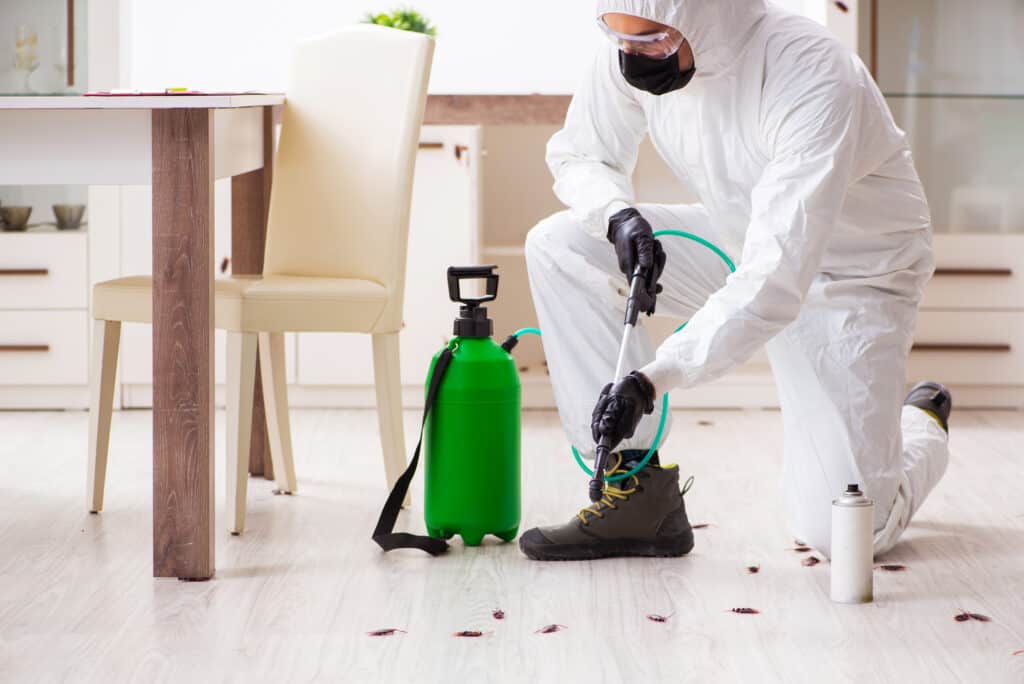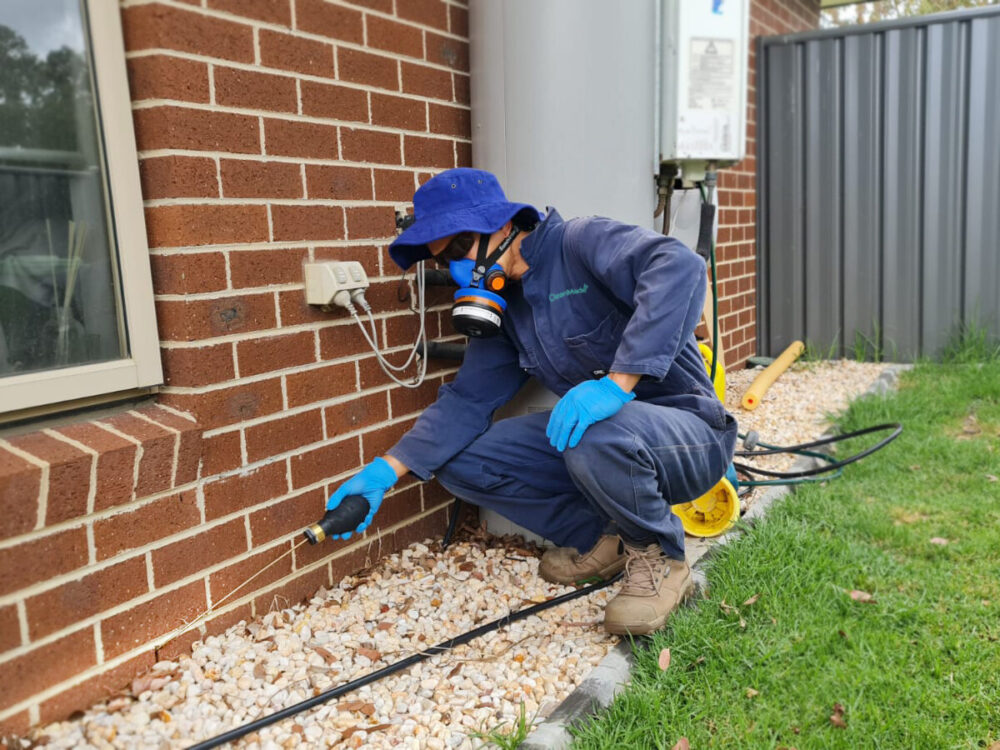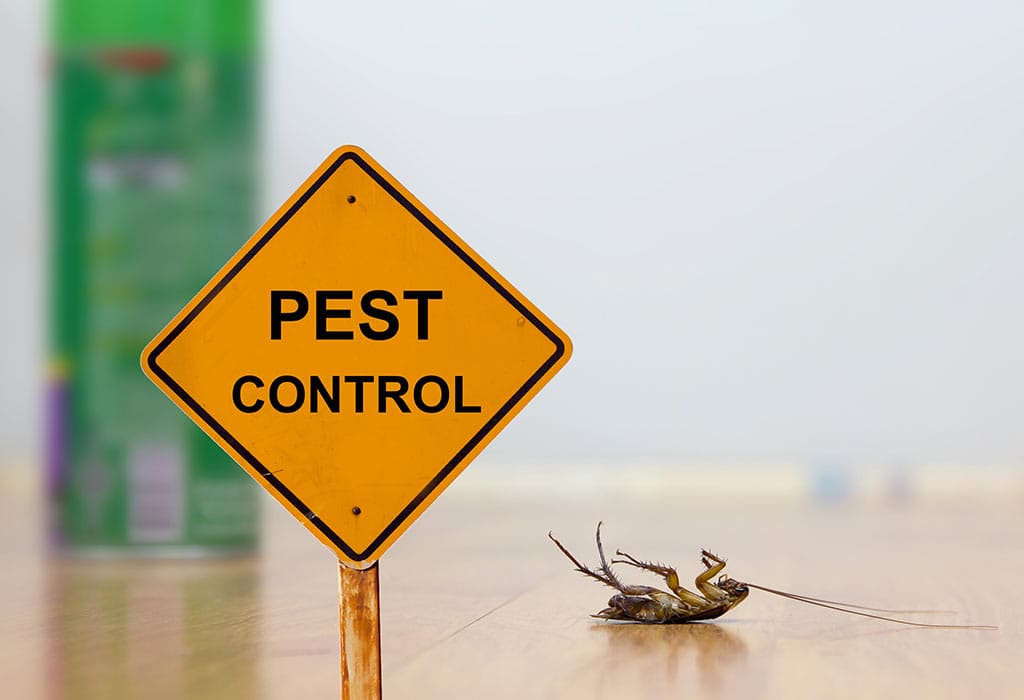Guard Your Building from Intruders: Orem Pest Control That Functions
Wiki Article
An Understanding Into Different Kinds of Bug Control Services Available in the marketplace
In the realm of pest control solutions, a varied array of methods exists to deal with the consistent difficulty of managing unwanted intruders. From typical chemical sprays to ingenious biological controls, the marketplace uses a range of remedies developed to suit numerous demands and preferences. As parasites proceed to adapt and progress, the need for reliable and sustainable pest control actions ends up being progressively extremely important. Understanding the subtleties of each sort of parasite control service can be not just enlightening however additionally essential for keeping an unified coexistence with the setting and the animals that inhabit it.Chemical Sprays
Chemical sprays are commonly made use of in insect control services to successfully get rid of and avoid invasions. These sprays have different chemicals that target details bugs, such as rodents, pests, or termites. The energetic ingredients in these sprays work by interfering with the insects' nervous systems, causing paralysis or death upon contact.Specialist insect control services employ skilled specialists who recognize the proper application of chemical sprays to ensure optimum performance while minimizing threats to people, animals, and the atmosphere. These professionals perform thorough inspections to identify the kind of parasite problem and determine the most appropriate spray to attend to the problem.
One of the primary advantages of making use of chemical sprays in parasite control is their capacity to supply prompt outcomes. Once used, the spray begins working quickly, reducing the population of pests in a prompt way. Additionally, chemical sprays can offer resilient security against future problems when used frequently as part of a detailed parasite administration plan.
Biological Control

Timeless biological control entails introducing natural opponents of the insect varieties right into the setting. These natural opponents, such as microorganisms, killers, or bloodsuckers, assistance regulate bug populations by exploiting or infecting them. This approach is frequently made use of for lasting parasite management and establishing an all-natural balance in the environment.
On the various other hand, augmentative organic control entails launching multitudes of helpful organisms, such as predatory bugs or nematodes, to control existing pest populations. This method is more immediate and can be specifically helpful in agricultural settings to attend to current parasite invasions.
Organic control techniques are preferred for their environmentally pleasant nature, marginal effect on non-target types, and lowered chemical pesticide usage, making them a lasting pest management choice for numerous sectors.
Traps and Lures

On the other hand, baits are compounds utilized to draw in parasites to a specific location for control functions. Baits can be infected or non-poisoned, with infected lures being generally made use of for parasites like rodents, cockroaches, and ants. Non-poisoned baits are typically utilized along with catches to draw bugs right into the catch for capture. Appropriate placement and choice of baits and traps are crucial for their efficiency, making them important tools in integrated insect monitoring approaches. By recognizing the actions of the target bug, bug control experts can successfully use lures and traps to manage pest infestations successfully - Orem Pest Control.
Integrated Parasite Management
Integrated Pest Monitoring (IPM) is a detailed method that combines numerous insect control strategies to successfully manage and eliminate insects while minimizing ecological impact. IPM concentrates on long-term avoidance techniques by taking into consideration the biology and habits of parasites, in addition to the specific atmosphere in which they exist. look at this web-site This technique incorporates a range of parasite control strategies such as organic control, habitat control, alteration of cultural techniques, and making use of immune plant varieties.Among the crucial concepts of IPM is to prioritize non-chemical bug control methods whenever possible. This might consist of employing all-natural killers to control pest populations or applying physical barriers to stop invasions. Chemical chemicals are used as a last resort and are used deliberately to reduce damage to non-target microorganisms and the bordering community.
Warm Therapy
As a corresponding approach to Integrated Parasite Administration approaches, heat treatment is a targeted strategy that utilizes the power of high temperature levels to eradicate insects efficiently and effectively. This approach is specifically useful in eliminating bed bugs, termites, and other insects that may be hiding in hard-to-reach areas within a structure. By increasing the ambient temperature level to degrees that are dangerous to the parasites yet secure for the structure, warmth therapy can permeate cracks, holes, and furnishings where typical chemicals could not get to.One of the navigate to this site essential benefits of warm treatment is that it is chemical-free, making it a eco friendly and secure choice for pest control. In addition, heat therapy is recognized for its capability to give quick results, commonly dealing with parasite invasions in a solitary treatment session.
Conclusion

 Having addressed the efficiency of chemical sprays in insect control services, the emphasis now changes to biological control methods as a lasting alternative for taking care of insect infestations. Catches and baits are necessary tools in bug control services, supplying targeted services for specific bugs. By understanding the actions of the target insect, parasite control experts can effectively make use of traps and baits to handle parasite infestations successfully.
Having addressed the efficiency of chemical sprays in insect control services, the emphasis now changes to biological control methods as a lasting alternative for taking care of insect infestations. Catches and baits are necessary tools in bug control services, supplying targeted services for specific bugs. By understanding the actions of the target insect, parasite control experts can effectively make use of traps and baits to handle parasite infestations successfully.Integrated Insect Monitoring (IPM) is an extensive strategy that combines different pest control methods to effectively handle and remove bugs while reducing ecological influence.In final thought, numerous kinds of insect control solutions are readily available in the market to deal with different parasite infestations.
Report this wiki page